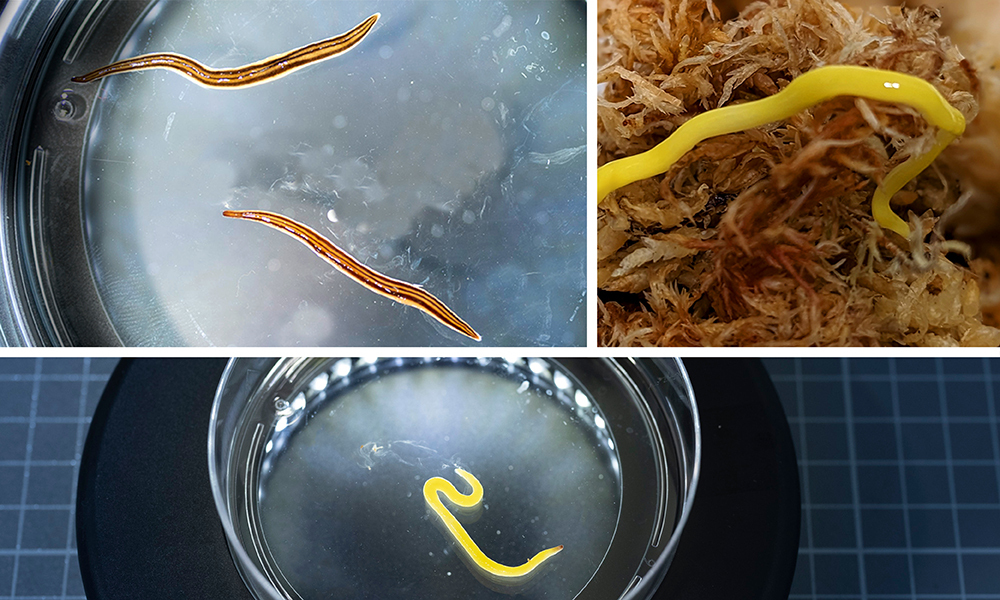
Spotlight: A ‘devil’ of a flatworm
EMBL researcher’s visit to Tasmania provides new planarians to study

While Tasmania’s best-known wildlife may be its Tasmanian devil, an EMBL researcher’s visit there in December provided an opportunity to collect more varieties of planarian flatworms that help her research group better understand the principles that control animal body size.
Hanh Vu, EMBL Group Leader, first became interested in planarians during her doctoral research at the University of Utah and Stowers Institute for Medical Research in Missouri. Her group uses comparative genomic approaches to gain insights into genetic and environmental regulation of body size in planarians – a group of animals commonly found on land and in water all around the world and in a variety of body sizes (from a few millimetres to even 1 metre). Planarians are also known for their exceptional regenerative capability whereby pieces of a flatworm can grow into new worms in a matter of days. Charles Darwin collected his first land-based planarian in Tasmania during the Beagle expedition in 1836.
After obtaining the appropriate permits to bring the planarians back to labs, Vu and her colleagues James Cleland and Til Schubert collected a few of Tasmania’s land planarian species from the mossy terrain there. These Tasmanian flatworms, which are approximately 7-8 cm in length – are fairly large if compared to marine or freshwater species. She believes these belong to the species Fletchamia sugdeni and Tasmanoplana tasmaniana. Vu is quick to note that planaria can be found almost anywhere and that it’s mostly a matter of lifting up rocks to find them wriggling beneath.


